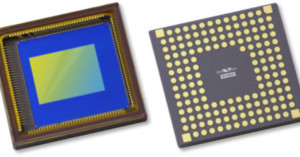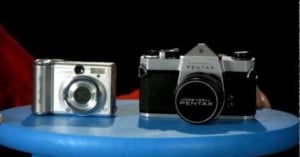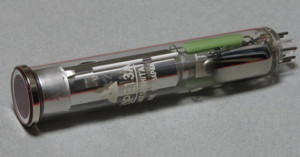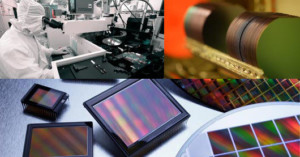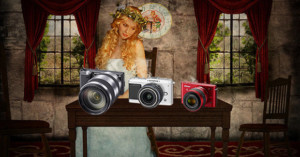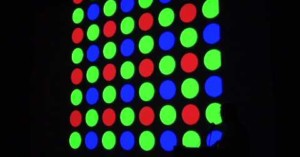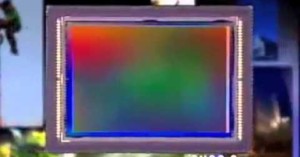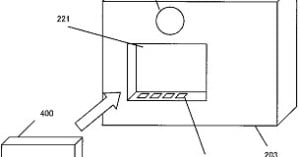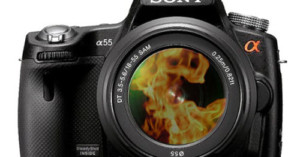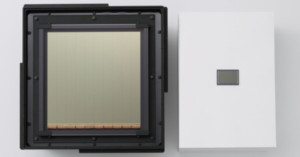
Sensor Size: A Relative Size Comparison Tool for Camera Sensors
Idan Shechter, the guy behind Camera Size, has launched a new website for photographers who understand sizes better through visual comparisons than through specs and figures. Sensor Size is a website that offers quick visual comparisons of sensors found in popular digital cameras. Select the cameras you want to check out from a couple of drop-down menus, and the sensors are displayed in relative sizes next to each other. You can also stack the images or display them in a 3D overlay for a better view.
